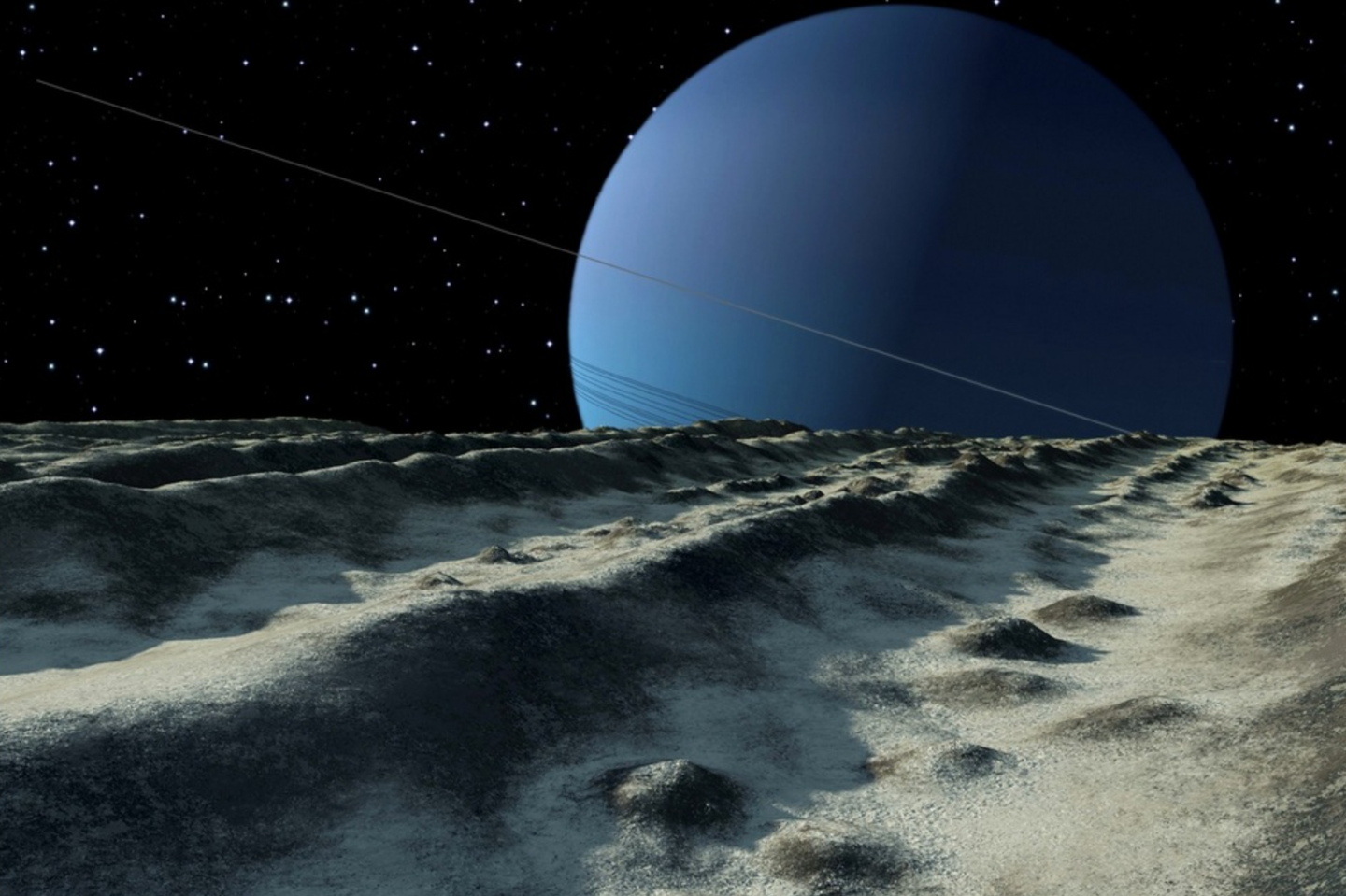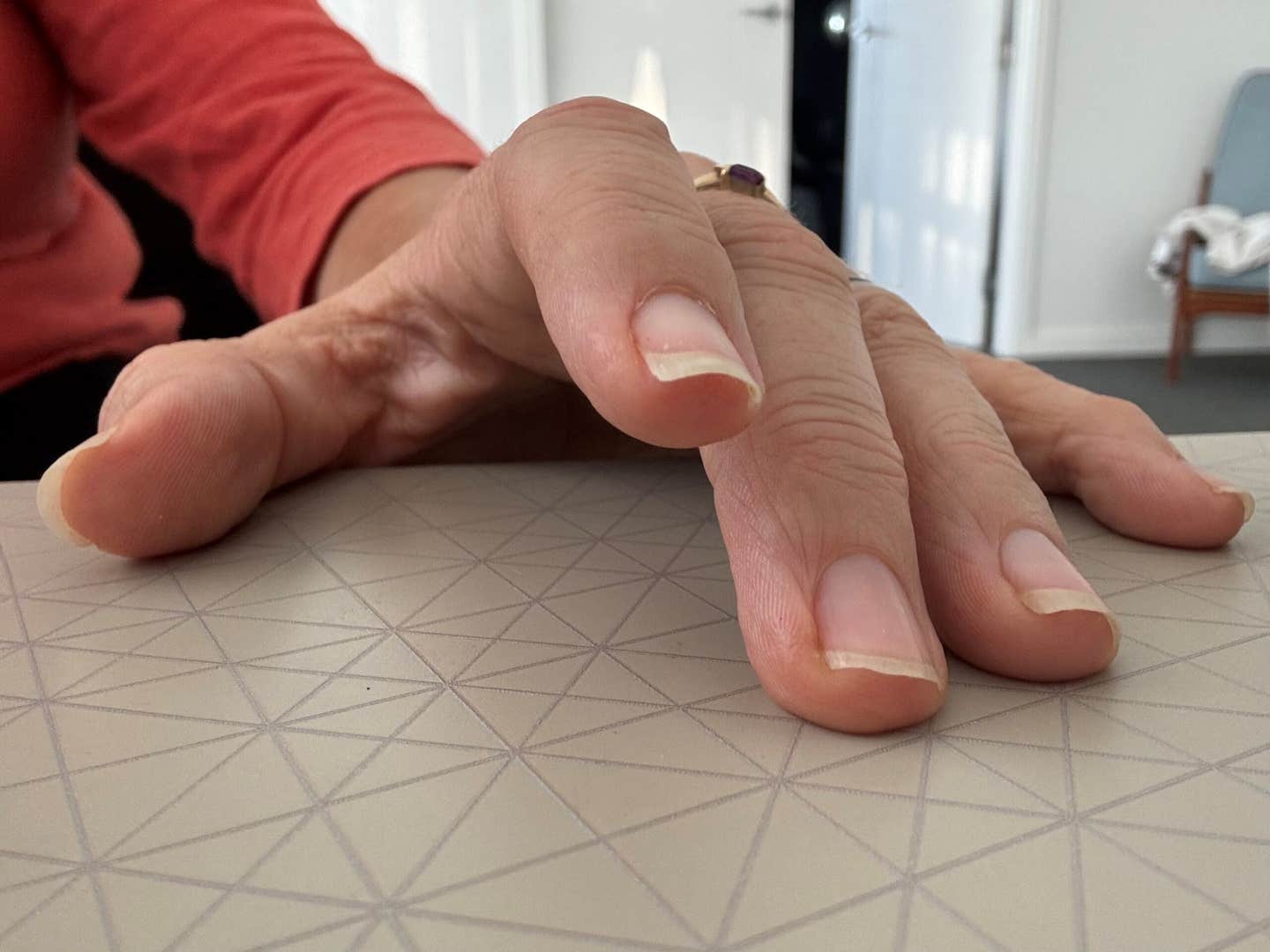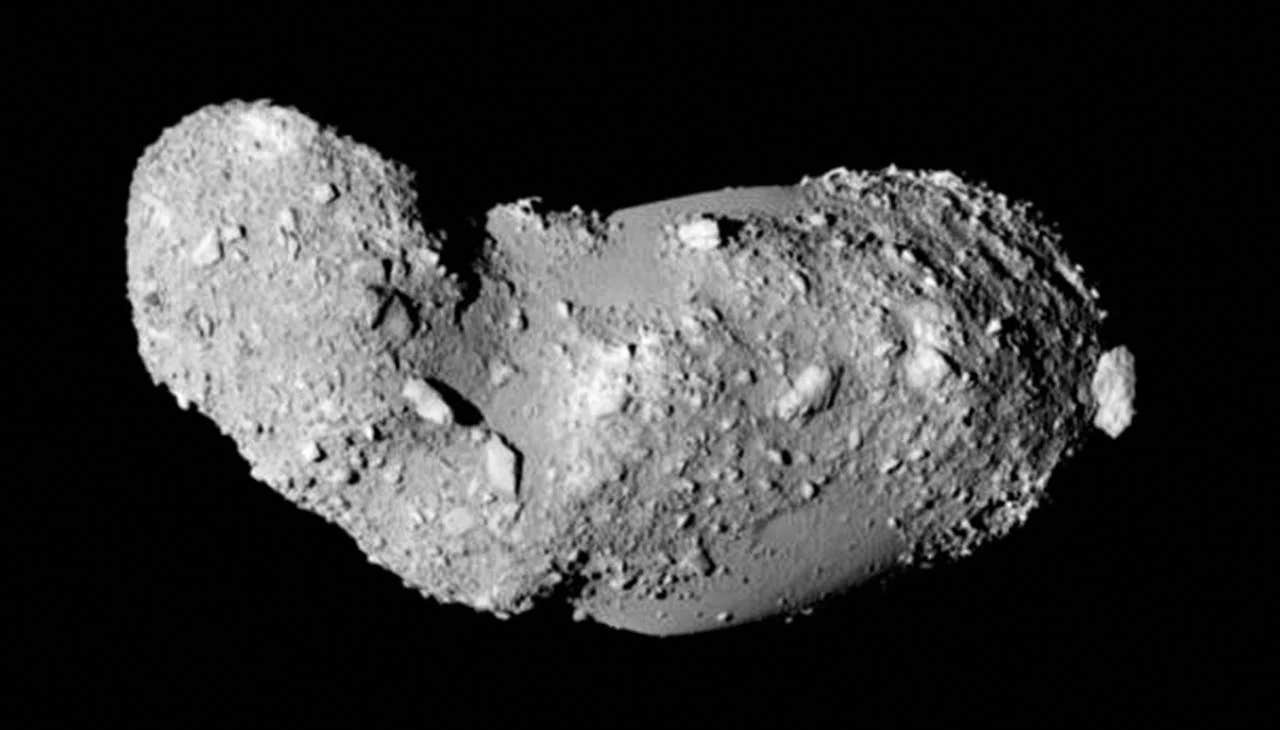Scientists discover an ocean on Uranus’s moon Miranda
New research reveals a possible ocean beneath Miranda, a moon of Uranus, suggesting geological activity and potential for other ocean worlds.

Scientists have found evidence of a past ocean beneath Uranus’s moon Miranda. (CREDIT: CC BY-SA 4.0)
Uranus, the seventh planet from the sun, holds some of the solar system’s most intriguing mysteries. Among its 28 known moons, Miranda stands out. With a rocky surface marked by scars and grooves, this small moon, only one-seventh the size of Earth’s moon, has puzzled scientists since Voyager 2 flew past it in 1986.
Now, researchers at Johns Hopkins University believe they’ve unraveled part of Miranda’s story. They’ve found that Miranda likely housed a vast ocean beneath its surface between 100 to 500 million years ago.
By re-examining the southern hemisphere images from the 1986 Voyager mission, scientists found that the moon’s grooved, cratered terrain might be the result of immense heating due to tidal forces within Miranda’s icy crust.
Researchers used computer models to explore how tidal heating might have shaped the moon’s rugged landscape. The model that best fit Miranda’s surface required an ocean buried no deeper than 19 miles (30 km) beneath the icy surface, and reaching a depth of at least 62 miles (100 km). For a small moon like Miranda, only 292 miles (470 km) wide, such an ocean would account for a significant part of its interior.
Tom Nordheim, co-author of the study, expressed the team’s excitement about their findings, stating, “To find evidence of an ocean inside a small object like Miranda is incredibly surprising… there may be several ocean worlds around one of the most distant planets in our solar system, which is both exciting and bizarre.”
Miranda and several neighboring moons likely tugged on one another in what scientists call an orbital resonance. Resonance occurs when two moons’ orbits synchronize, causing significant gravitational pulls on each other. This process likely warmed the moons’ interiors, creating friction and heat.
However, as Miranda and its neighbors drifted out of resonance, their interiors began cooling, causing their surfaces to crack as the water inside froze. Yet, researchers believe Miranda may still retain a thin ocean, even if much smaller than it once was. Caleb Strom, lead author and graduate student at the University of North Dakota, noted, “That result was a big surprise to the team.”
Related Stories
The implications of this discovery stretch beyond Uranus and Miranda. Many scientists believe that moons hiding oceans under icy surfaces could offer some of the most favorable conditions for life. Jupiter’s moon Europa and Saturn’s moon Enceladus are currently the best-known examples of such “ocean worlds.”
NASA’s Europa Clipper mission, launched on October 14, 2024, will examine Europa for signs of habitability, while the European Space Agency’s JUICE mission, launched in 2023, will begin exploring Jupiter’s icy moons in 2031. Co-author Alex Patthoff of the Planetary Science Institute remarked, “Few scientists expected Enceladus to be geologically active. However, it’s shooting water vapor and ice out of its southern hemisphere as we speak.”
Patthoff added that future missions might one day explore Miranda and other Uranian moons in search of similar clues.
Voyager 2’s flyby only captured images of Miranda’s southern hemisphere, which shows evidence of intense tectonic activity and various surface features with different geological ages. This side of the moon features three notable regions called coronae: Arden Corona, Inverness Corona, and Elsinore Corona. These areas consist of concentric grooves and fault lines that reveal a geologically recent resurfacing.
Arden Corona, located near the equator, shows a mix of bright and dark material within grooves, likely caused by fault lines exposing material from deeper within Miranda. In the southernmost part of Elsinore Corona, scientists observed terrain that looks folded, possibly indicating ice flow, while Inverness Corona has a distinct L-shaped feature near the moon’s south pole.
These unique shapes and formations provide strong evidence of past tectonic activity on Miranda. Researchers have proposed various theories about what might have shaped these coronae, including cryovolcanism, which is the eruption of water, ammonia, and other substances that freeze quickly on the icy surface.
Evidence of recent geological activity on Miranda is consistent with periodic heating episodes caused by tidal forces. The researchers suspect that Miranda and some of its sibling moons experienced increased eccentricity, or “wobble,” in their orbits during a resonance period. This wobble could have created heat within the moons’ ice shells, resulting in geologic resurfacing through tidal forces. Some of Miranda’s distinctive surface features likely emerged from this complex relationship with other Uranian moons.
Apart from Miranda, scientists have detected signs of geological activity on other Uranian moons. Oberon and Umbriel show landforms resembling those of cryovolcanic regions on the dwarf planet Ceres, suggesting these moons, too, may have had past geologic or cryovolcanic activity. Spectral data from these moons even show traces of ammonia, a substance vulnerable to destruction by radiation.
Ammonia’s presence suggests recent geologic activity brought it to the surface. While Voyager 2 didn’t detect any plumes on Miranda during its flyby, neither did it capture the currently active plumes on Enceladus, discovered later.
Miranda’s geological history hints that it might have undergone a period of polar wander, a phenomenon where the moon’s axis shifts due to internal changes. Similar polar wander events have been proposed for moons like Enceladus and Europa.
Internal mass distribution changes may have pushed Miranda’s surface toward these dramatic shifts, resulting in brittle fractures across its icy crust. By understanding these stress patterns, scientists can begin to estimate the thickness of Miranda’s ice shell and even determine whether a subsurface ocean might still exist.
While the research confirms that a deep ocean might have once lurked beneath Miranda’s icy shell, the likelihood of an active ocean today remains uncertain. Miranda’s cooling trend, a result of leaving its resonant orbit with Uranus, would make a persistent ocean difficult to sustain. Nevertheless, the possibility of a remnant ocean remains, hinting that further exploration of this distant moon could reveal more secrets about its icy depths.
This study opens the door to new questions about the other icy bodies around Uranus. Ariel and Oberon may have experienced similar thermal stress, and future missions could reveal more about the habitability of moons beyond Jupiter and Saturn.
As missions like the Europa Clipper and JUICE expand our knowledge of icy moons, scientists remain hopeful that one day, spacecraft will return to explore Miranda and uncover the mysteries of its fractured, icy surface.
Note: Materials provided above by The Brighter Side of News. Content may be edited for style and length.
Like these kind of feel good stories? Get The Brighter Side of News' newsletter.
Rebecca Shavit
Science & Technology Journalist | Innovation Storyteller
Based in Los Angeles, Rebecca Shavit is a dedicated science and technology journalist who writes for The Brighter Side of News, an online publication committed to highlighting positive and transformative stories from around the world. With a passion for uncovering groundbreaking discoveries and innovations, she brings to light the scientific advancements shaping a better future. Her reporting spans a wide range of topics, from cutting-edge medical breakthroughs and artificial intelligence to green technology and space exploration. With a keen ability to translate complex concepts into engaging and accessible stories, she makes science and innovation relatable to a broad audience.



